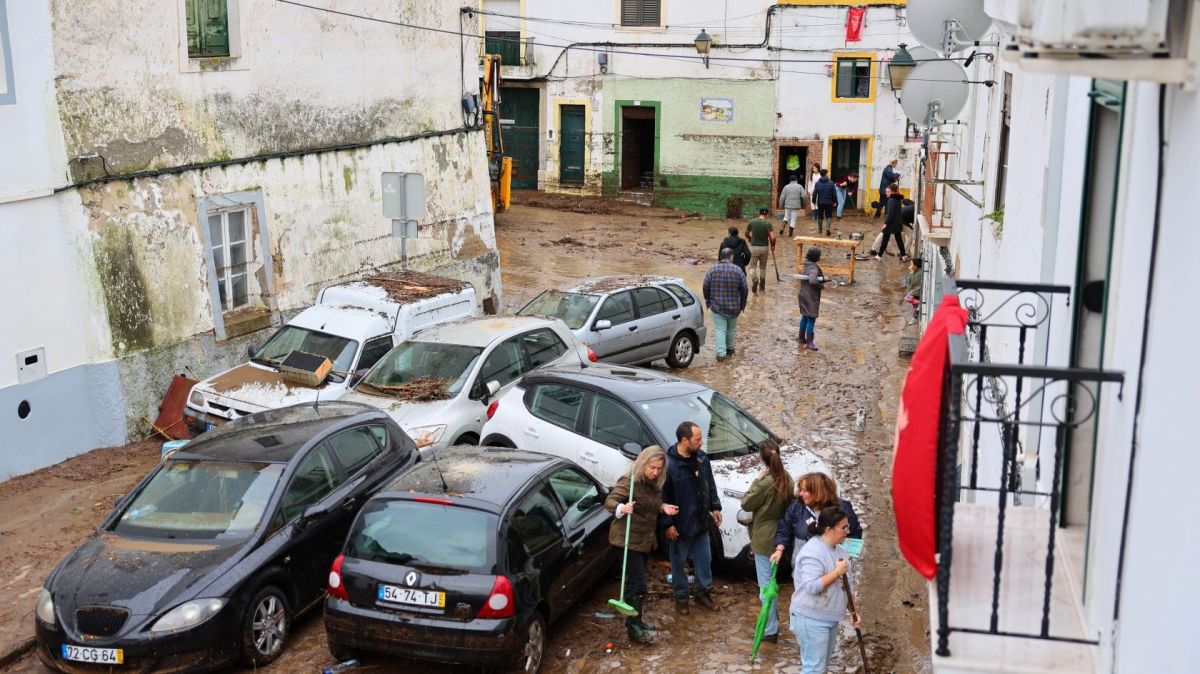Taking stock of the earthquake felt yesterday in the Lisbon region, at the Municipal Operational Command Center in Monsanto, Carlos Moedas transmitted “a message, above all, of calm to the people of Lisbon”, but also of the city’s preparedness to respond in the event of a natural disaster.
“We have not had any reports of damage, nor any emergency requests or requests for help, but we have had many people calling us asking for information,” said the mayor of Lisbon, speaking to journalists, taking the opportunity to advise Lisbon residents on what to do in the event of an earthquake.
An earthquake measuring 4.7 on the Richter scale with its epicenter approximately 14 kilometers southwest of Seixal, in the district of Setúbal, was recorded on 17 February at 1:24 pm at the stations of the Continent Seismic Network, revealed the Portuguese Institute of the Sea and Atmosphere (IPMA), indicating that the earthquake was felt in some municipalities from the Central region to the Algarve.
“We had all our services, all our Civil Protection teams, the Municipal Police, our Firefighters Regiment, on full alert”, indicated Carlos Moedas, guaranteeing that the city of Lisbon is prepared to respond in the event of an earthquake or tsunami.
In this context, the mayor listed the work of the Lisbon municipal executive over the last three years, starting with the launch, in 2022, of the “first tsunami control and warning system”, with two warning towers, one in Terreiro do Paço and another in Praça do Império, where, in the event of a tsunami, there is “an immediate warning to people” with information on where they should go.
The mayor also highlighted the “major review” of the Lisbon municipality’s emergency plan, together with the 24 parish councils, in which 86 emergency meeting points were created in the city, where people should go in the event of a catastrophe.
Emergency meeting points are identified on the Lisbon City Council website (https://www.lisboa.pt/temas/seguranca-e-prevencao/protecao-civil/planeamento-de-emergencia/pontos-de-encontro ).
The municipality also has a system of civil protection, preventive and action (emergency) warnings, in addition to recommendations to raise awareness among the population about the city's risks and self-protection behaviors, – Notice LX –, which can be subscribed to by citizens by sending an ‘sms’ with the text “AvisosLx” to the number 927 944 000.
Carlos Moedas also highlighted the distribution of more than 2,500 emergency kits and the training of 700 engineers in terms of anti-seismic resistance, indicating that the municipality has already analyzed more than 1,400 buildings and that, in addition to reviewing the emergency plan, the municipality is “reviewing all buildings in Lisbon”.
Regarding the areas with the greatest seismic risk, the mayor pointed out “the entire area of Baixa Pombalina”, which was built before anti-seismic engineering was applied to the projects.
No need for alarm
“The important thing here is not to alarm people. May peace be present in the spirit of Lisbon residents, knowing that the city council is doing its job every day”, said Carlos Moedas, highlighting that “several earthquake simulations” have been carried out in the city, through the Lisbon Firefighters Regiment.
Despite considering that the city is prepared, the mayor warned that “a catastrophe is always a catastrophe”, remembering that, if an earthquake of magnitude 6 or 9 on the Richter scale occurs, it will have “an enormous impact”, regardless of the city.
“We have all the necessary preparations to be able to react, but obviously we live in a city where we know that earthquakes happen,” he pointed out.
Related articles:














Why some politicians feel necessary do publicly over estimate their capacities in their current occupations, even when it is the ridiculously opposite?
By Diogo F. from Lisbon on 19 Feb 2025, 23:54